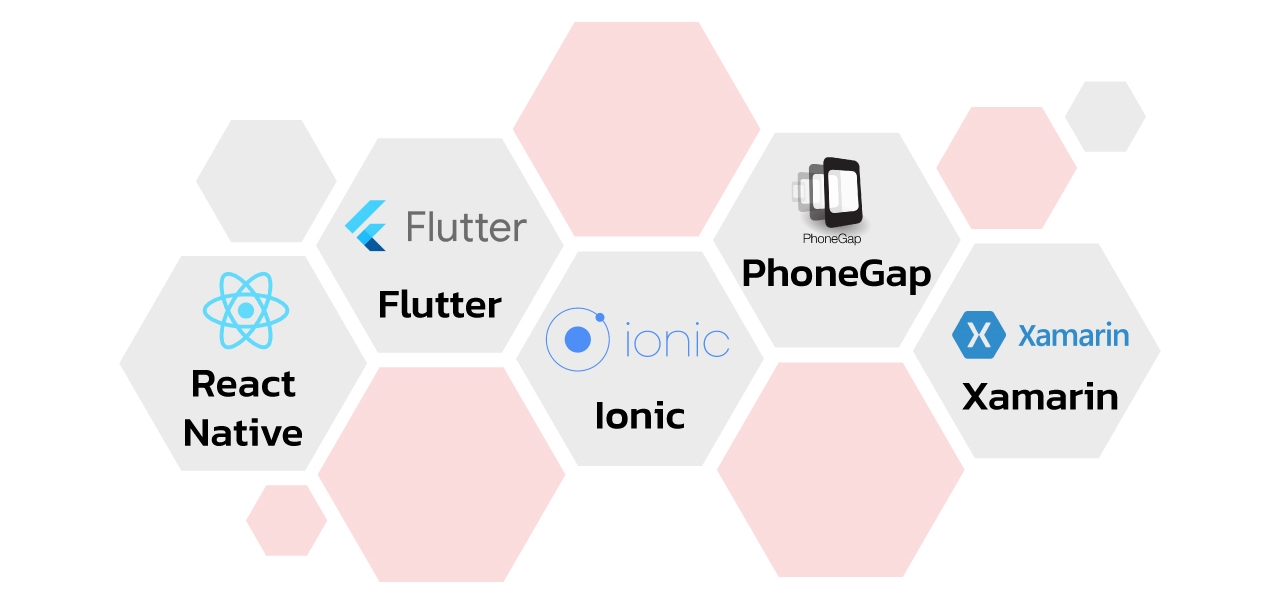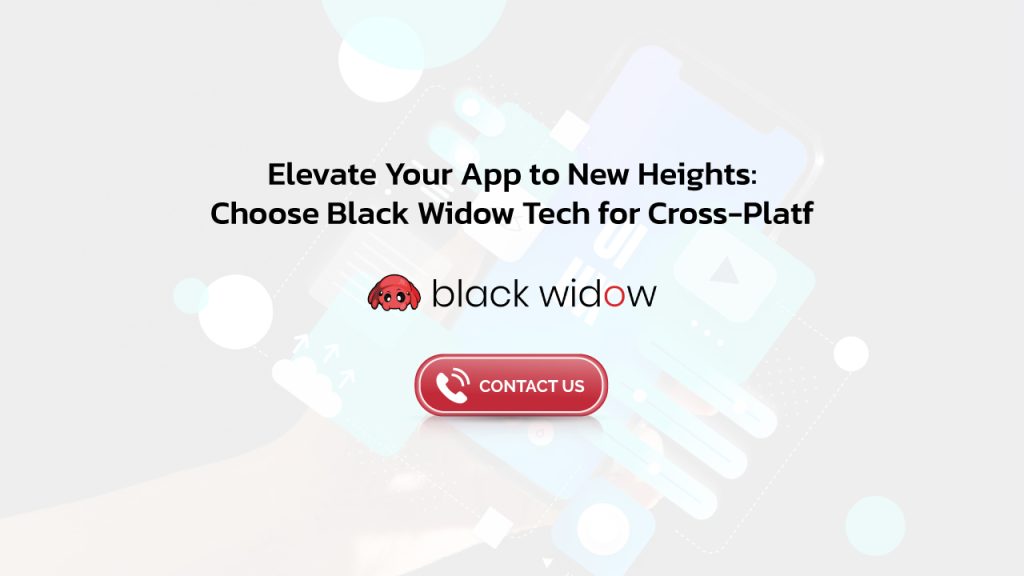Cracking the Code: Important Considerations for Cross-Platform App Development

Once upon a digital realm, where smartphones, tablets, and computers coexisted harmoniously, there was a magical concept known as a cross-platform app. Picture a wondrous creature that could gracefully adapt its appearance and abilities to different devices, like a shape-shifting chameleon of the digital universe.
An operating system-neutral polyglot, a cross-platform app was like a talkative polyglot. It spoke the regional dialects of Windows, Android, iOS, and more, bridging the gaps between them with ease. It brought harmony to the technological world much like a peacemaker, enabling individuals to engage with it regardless of their preferred gadget.
The heart and soul of this wonderful invention was a core that could be developed in a universal language like JavaScript. It donned a framework, an invisible cloak that offered the magic and tools required to translate its universal code into the native languages of many systems. It could magically assemble itself into the elegant Swift of iOS or the robust Java of Android.
Users marveled at the cross-platform app’s abilities. They reveled in its seamless integration, finding comfort in its familiar interface, no matter which device they wielded. They could access their favorite features, navigate its enchanted menus, and bask in its delightful user experience. It was like having a trusty companion that could transform itself at will, yet always remained true to its purpose.
And so, in the land of technology, the cross-platform app became a symbol of unity, a bridge between diverse realms. It carried the hopes and dreams of developers and the joy and convenience of users. With its boundless potential, it continued to evolve, embracing new platforms, and weaving its magic throughout the digital realm, connecting devices and people, one line of code at a time.
Cross-platform App Development Frameworks
Due to its ability to allow developers to create apps for several platforms using a single codebase, cross-platform app development frameworks are becoming more and more popular among web and mobile app development companies. The most well-liked cross-platform app development frameworks now on the market will be covered in this area, along with each one’s benefits and distinguishing characteristics.

- React Native: This powerful framework, created by Facebook, allows developers to build native-like apps using JavaScript and React. It leverages a single codebase to target both iOS and Android platforms, offering a fast and efficient development process.
- Flutter: Developed by Google, Flutter enables the creation of high-performance apps with a beautiful user interface. Using Dart as its programming language, Flutter boasts a reactive framework and a rich set of pre-designed widgets, allowing developers to build visually appealing apps for both iOS and Android.
- Xamarin: Acquired by Microsoft, Xamarin is an open-source framework that utilizes C# and the .NET framework to build cross-platform apps. It allows developers to share code across multiple platforms, including iOS, Android, and Windows, while still providing native-like performance.
- Ionic: Based on web technologies such as HTML, CSS, and JavaScript, Ionic is a popular framework for building hybrid mobile apps. It uses Apache Cordova under the hood to access native device features. Ionic supports various platforms, including iOS, Android, and progressive web apps.
- PhoneGap: Also utilizing Apache Cordova, PhoneGap (now known as Apache Cordova) allows developers to create mobile applications using web technologies. With a single codebase, developers can target multiple platforms, including iOS, Android, Windows Phone, and more.
Key Considerations For Cross-Platform Mobile App Development
- Platform Support: It’s critical to evaluate the cross-platform frameworks’ support for various platforms. Make sure the frameworks have strong support for the operating systems you want to target, such as iOS, Android, or Windows. Verify whether there are specialized teams working on platform-specific updates and improvements for the frameworks. In order to fully utilize each platform, make sure the frameworks can integrate with the most recent platform features and APIs.
- User Experience: While cross-platform development aims for code reusability, it’s important to tailor the user experience to the unique characteristics of each platform. Users are accustomed to specific design guidelines and user interface patterns on different platforms. Ensure that the framework you choose allows for customization and flexibility in UI elements, navigation patterns, and interactions. This way, you can provide a native-like experience that feels intuitive and comfortable for users on each platform.
- Performance: Any mobile app must have good performance. Analyze the cross-platform frameworks under consideration’s performance traits. Look for frameworks that offer responsiveness that is quick and native-like in performance. Remember that some frameworks might provide extra abstraction layers, which might have an effect on performance. To evaluate the performance capabilities of the frameworks, think about performing performance benchmarks or looking at case studies of apps created with them.
- Code Reusability: Assess the level of code reusability offered by the cross-platform frameworks. The primary advantage of cross-platform development is the ability to write code once and deploy it across multiple platforms. Look for frameworks that allow for a high degree of code sharing, minimizing the need for platform-specific code. However, it’s important to strike a balance between code reusability and customization. Some frameworks may sacrifice customization options to achieve higher code reusability, so choose a framework that aligns with your specific project requirements.
- Native Functionality: Think about the native features and APIs that cross-platform frameworks offer. Make sure the frameworks permit access to crucial native elements like the camera, geolocation, contacts, push notifications, or certain hardware abilities. Examine how simple it is to use and integrate these native functions within your cross-platform program. Verify if the framework enables the inclusion of platform-specific code when necessary if some aspects of your app are essential and call for extensive customization.
- Development Team Skills: Assess the skills and expertise of your development team when choosing a cross-platform framework. Consider their familiarity with the chosen framework and their proficiency in the programming languages and tools associated with it. If your team is already skilled in a particular language or framework, selecting a cross-platform solution that aligns with their expertise can streamline development and reduce the learning curve.
- Community and Support: Analyse the community’s size, activity, and general health. A robust community is a sign of the framework’s acceptance and tenacity. Additionally, it guarantees access to a multitude of materials, guides, discussion boards, and assistance from other developers. The presence of active community forums, specialized documentation, and frequent updates from the framework’s maintainers should all be verified. A thriving community can greatly assist in troubleshooting, keeping up with the most recent advancements, and figuring out solutions to frequent problems.
- Testing and Debugging: Testing and debugging are vital aspects of app development. Ensure that the cross-platform framework provides robust testing and debugging tools. The framework should offer efficient mechanisms for unit testing, automated testing, and debugging across different platforms. Consider how easy it is to set up testing environments, simulate platform-specific behaviors, and diagnose issues in a cross-platform context. Strong testing and debugging capabilities contribute to the stability and quality of your app.
Like a master painter crafting a masterpiece, cross-platform app development requires careful consideration and artistry. By taking into account the key factors discussed in this blog, businesses can embark on a journey toward creating captivating apps that transcend platform boundaries.
In the vast realm of Texas, where technological innovation thrives, Black Widow Tech emerges as a guiding light for businesses seeking to bring their cross-platform app dreams to life. With their agile minds and wizard-like expertise, they possess the power to weave digital spells that enchant users across platforms.
Black Widow Tech, with its web of knowledge and experience, spins a web of support for businesses in their quest for cross-platform app excellence. They become the secret weapon, donning their black widow suit, ready to leap into action. With their keen eyes for detail and their mastery of cross-platform frameworks, they unlock the hidden potential of businesses, empowering them to create immersive, cross-platform experiences that captivate and engage.
In the enchanting tapestry of technology, businesses in Texas can trust Black Widow Tech to bring their cross-platform app visions to reality. With their creative flair and technical prowess, Black Widow Tech transforms dreams into tangible experiences that captivate users, elevate brands, and propel businesses to new heights.
Embrace the artistry of cross-platform app development with Black Widow Tech, and watch as your business soars on the wings of innovation, reaching audiences far and wide with a spellbinding app that transcends platforms and captivates hearts.

